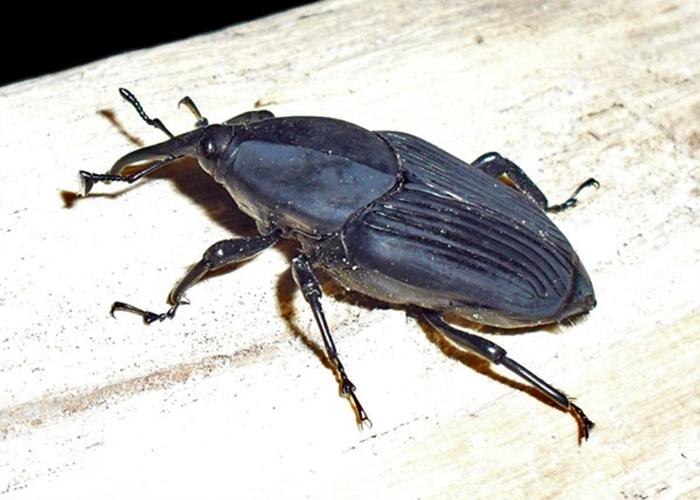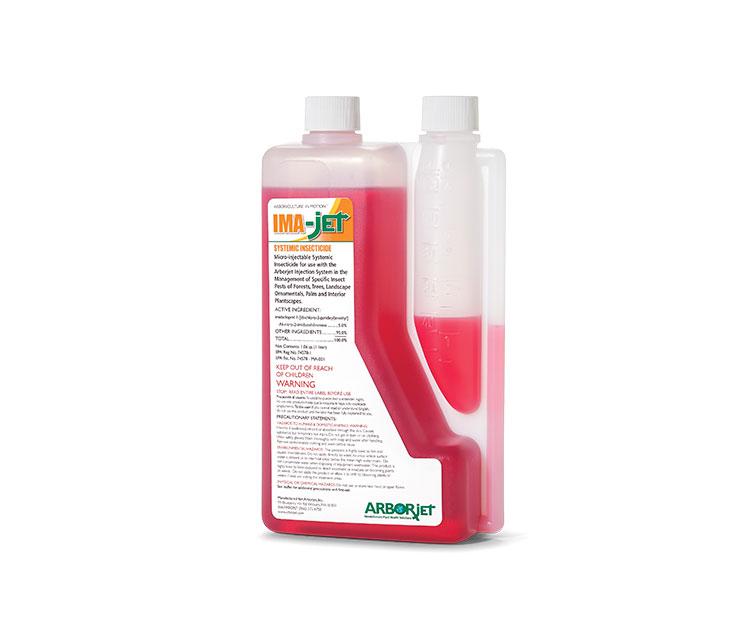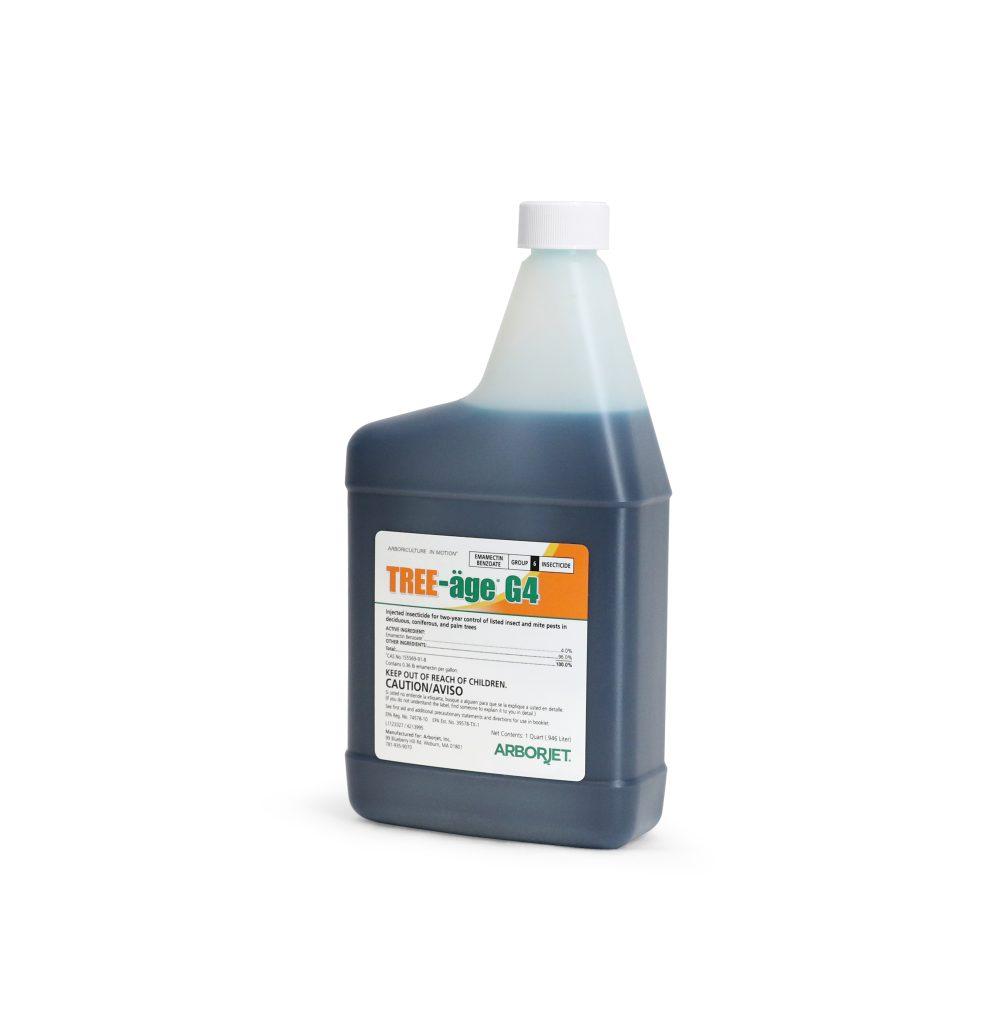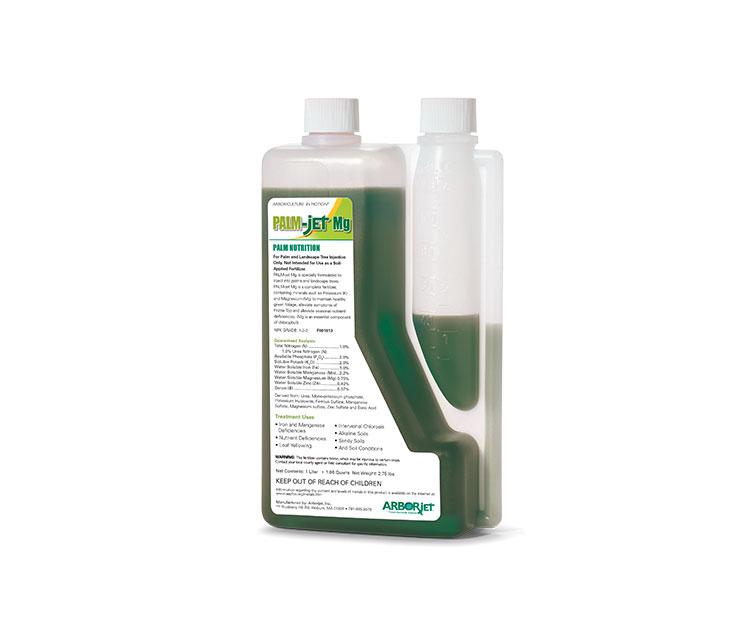South American Palm Weevil
The South American Palm Weevil (Rhynchophorus palmarum) is one of a few destructive weevils known especially for attacking Canary Island date palms (Phoenix canariensis). First detected in San Diego County, California in 2011, the SAPW poses a major threat to palm trees in the Southwestern US. Adult beetles are deep glossy black and can be up to three inches long. Females drill holes into the plant and lay their eggs, which hatch and feed on the palm stem and crown, creating large channels through the plant material and killing the plant. Populations as low as 30 larvae can kill a tree.
Common Symptoms
Common symptoms include yellowing foliage, flattening of the crown, holes and tunnels with an accumulation of frass at the base of the tree and pupal cases that look like shredded wheat biscuits.
Treatments
Trunk injection of IMA-jet® (Imidacloprid) or TREE-äge (emamectin benzoate) will give both preventative and curative control providing there has not been extensive feeding damage to the palm. It is also recommended to apply PHOSPHO-jet™ to help control any secondary disease pathogens and PALM-jet Mg™ to provide needed nutrients for overall plant health and vigor.
References And Photo Credits
South American Palm Weevil Adult taken by Didier Descouens
SAPW damaged Canary Island Date palm, taken by Center for Invasive Species Research, UC Riverside








